-
 Bitcoin
Bitcoin $108,463.3266
-1.47% -
 Ethereum
Ethereum $2,535.8576
-3.62% -
 Tether USDt
Tether USDt $1.0006
0.02% -
 XRP
XRP $2.2352
-2.24% -
 BNB
BNB $658.1049
-0.63% -
 Solana
Solana $149.9207
-2.53% -
 USDC
USDC $0.9998
-0.07% -
 TRON
TRON $0.2857
0.45% -
 Dogecoin
Dogecoin $0.1659
-4.24% -
 Cardano
Cardano $0.5784
-3.85% -
 Hyperliquid
Hyperliquid $38.4944
-4.70% -
 Sui
Sui $2.9107
-4.19% -
 Bitcoin Cash
Bitcoin Cash $485.3637
-3.32% -
 Chainlink
Chainlink $13.3074
-4.18% -
 UNUS SED LEO
UNUS SED LEO $9.0499
0.41% -
 Avalanche
Avalanche $18.0347
-3.98% -
 Stellar
Stellar $0.2394
-2.23% -
 Toncoin
Toncoin $2.8110
-2.68% -
 Shiba Inu
Shiba Inu $0.0...01155
-3.23% -
 Litecoin
Litecoin $87.7967
-3.87% -
 Hedera
Hedera $0.1555
-2.87% -
 Monero
Monero $317.3839
-1.79% -
 Polkadot
Polkadot $3.4144
-4.90% -
 Dai
Dai $1.0000
-0.02% -
 Ethena USDe
Ethena USDe $1.0003
0.00% -
 Bitget Token
Bitget Token $4.4734
-2.29% -
 Uniswap
Uniswap $7.2556
-6.53% -
 Pepe
Pepe $0.0...09693
-7.27% -
 Aave
Aave $267.0924
-4.81% -
 Pi
Pi $0.4834
-3.31%
How to short Coinbase leverage trading
Leverage trading on Coinbase allows traders to amplify profits by borrowing funds to increase their trading positions, but it also amplifies potential losses and carries risks such as increased potential losses, margin calls, volatility, and emotional trading.
Nov 18, 2024 at 04:04 am
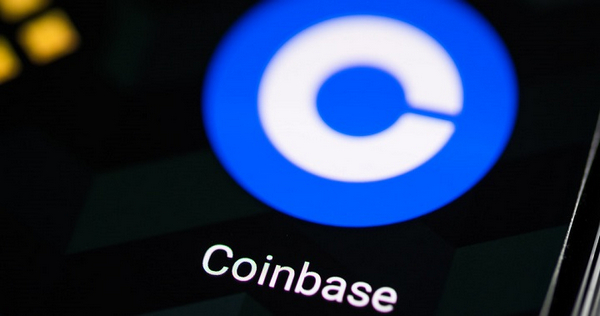
How to Short Coinbase Leverage Trading: A Comprehensive Guide
Leverage trading is a risky but potentially rewarding trading strategy that allows investors to magnify their profits by borrowing funds from a broker. When used correctly, leverage can help traders enhance their returns, but it also amplifies potential losses. This guide will provide a step-by-step explanation of how to short Coinbase leverage trading, addressing the following key questions:
- What is shorting?
- What is leverage?
- How does Coinbase leverage trading work?
- What are the risks of leverage trading?
How to short Coinbase leverage trading?
- Finding a reliable broker
- Choosing an appropriate asset
- Determining the leverage ratio
- Placing a short order
- Managing risk
- Conclusion
What is Shorting?
Shorting is a trading strategy that involves selling an asset in anticipation of its price declining. The trader borrows the asset from a broker and sells it on the open market. If the price of the asset falls, the trader can buy it back at a lower price and return it to the broker, pocketing the difference as profit. Shorting can be a lucrative strategy if executed correctly, but it also carries significant risk as the trader is betting against the asset's price appreciation.
What is Leverage?
Leverage is a financial tool that allows traders to borrow funds from a broker to increase their trading positions. When using leverage, traders can magnify their profits, but they also amplify their potential losses. Leverage is expressed as a ratio, such as 10:1 or 20:1. A leverage ratio of 10:1 means that the trader can borrow nine times their initial capital. For example, if a trader deposits $1,000 into their account and uses 10:1 leverage, they can control a position worth $10,000.
How Does Coinbase Leverage Trading Work?
Coinbase is a popular cryptocurrency exchange that offers leverage trading. Coinbase allows traders to use leverage up to 10:1 on major cryptocurrencies such as Bitcoin, Ethereum, and Litecoin. To use leverage trading on Coinbase, traders must first create an account and fund it with cryptocurrency. Once the account is funded, traders can select the asset they want to trade, choose their leverage ratio, and place their order.
What are the Risks of Leverage Trading?
Leverage trading carries significant risks that traders should be aware of before using this strategy. These risks include:
- Increased potential losses: Leverage amplifies not only profits but also losses. If the price of the asset moves against the trader's position, the trader could lose their entire initial investment and potentially more.
- Margin calls: If the price of the asset moves against the trader's position and their losses exceed their initial margin, the broker may issue a margin call. A margin call is a demand from the broker to deposit additional funds into the account to cover the losses. If the trader fails to meet the margin call, the broker may liquidate the trader's position, resulting in substantial losses.
- Volatility: Cryptocurrencies are known for their high volatility, which can make leverage trading even more risky. The price of cryptocurrencies can fluctuate rapidly, leading to significant losses in a short period.
- Emotional trading: The use of leverage can lead to emotional trading as traders may be more likely to hold onto losing positions in the hope of recovering their losses. This can lead to even greater losses.
How to Short Coinbase Leverage Trading: A Step-by-Step Guide
Step 1: Finding a Reliable Broker
The first step to short Coinbase leverage trading is to find a reliable broker. There are many different brokers offering leverage trading services, but not all are created equal. When choosing a broker, consider factors such as:
- Reputation: Choose a broker with a good reputation in the industry and positive customer reviews.
- Fees: Compare the fees charged by different brokers for leverage trading. Some brokers charge high fees, which can eat into your profits.
- Leverage options: Ensure that the broker offers the leverage ratio you want to use.
- Platform: Choose a broker with a user-friendly and secure trading platform that meets your needs.
Step 2: Choosing an Appropriate Asset
Once you have chosen a broker, you need to choose an appropriate asset to short. When selecting an asset, consider the following factors:
- Volatility: Choose an asset that is known for its volatility. Volatile assets have the potential for large price swings, which can lead to greater profits.
- Liquidity: Choose an asset that is liquid enough to allow you to quickly enter and exit positions without significant slippage.
- Technical analysis: Conduct technical analysis on the asset to identify potential trading opportunities.
Step 3: Determining the Leverage Ratio
The next step is to determine the leverage ratio you want to use. Leverage is a double-edged sword. While it can magnify profits, it can also amplify losses. When choosing a leverage ratio, consider the following factors:
- Risk tolerance: Choose a leverage ratio that is within your risk tolerance. If you are not comfortable losing more than a certain percentage of your capital, use a lower leverage ratio.
- Market conditions: Consider the current market conditions when choosing a leverage ratio. If the market is volatile, use a lower leverage ratio to minimize the risk of losses.
- Historical performance: Research the historical performance of the asset to determine the appropriate leverage ratio. Higher leverage ratios can be used if the asset has a history of strong price appreciation.
Step 4: Placing a Short Order
Once you have chosen an asset and determined the leverage ratio, you are ready to place a short order. To place a short order on Coinbase, follow these steps:
- Log into your Coinbase account.
- Select the asset you want to trade.
- Click on the "Trade" button.
- Select the "Sell" option.
- Enter the amount of the asset you want to sell.
- Choose the leverage ratio you want to use.
- Click on the "Place Order" button.
Step 5: Managing Risk
Once you have placed a short order, it is important to manage your risk. Here are some tips for managing risk when shorting Coinbase leverage trading:
- Use stop-loss orders: Stop-loss orders are a type of order that automatically sells your asset when the price falls to a predetermined level. This can help you limit your losses if the market moves against your position.
- Monitor your positions: Keep an eye on the performance of your short positions. If the price of the asset starts to rise, consider closing your position to minimize losses.
- Don't overtrade: Only short leverage trade with funds you can afford to lose. Do not overtrade or risk losing more than you can handle.
Disclaimer:info@kdj.com
The information provided is not trading advice. kdj.com does not assume any responsibility for any investments made based on the information provided in this article. Cryptocurrencies are highly volatile and it is highly recommended that you invest with caution after thorough research!
If you believe that the content used on this website infringes your copyright, please contact us immediately (info@kdj.com) and we will delete it promptly.
- Bitcoin's Pattern Break: Are HODLers the Key to the Next Surge?
- 2025-07-04 18:50:12
- Bitcoin Price, Trump's Bill, and the $150K Dream: A NYC Take
- 2025-07-04 19:50:12
- Ethereum, LILPEPE, and the July Bounce: Will Pepe Steal ETH's Thunder?
- 2025-07-04 19:10:12
- Binance Institutional Loans: Unlocking 4x Leverage and Zero Interest for Whales
- 2025-07-04 19:15:12
- Bitcoin Bull Run: Analysts Eye Peak in Late 2025?
- 2025-07-04 19:20:13
- Pepe Indicators, Bullish Forecast: Can the Meme Coin Rally?
- 2025-07-04 19:25:12
Related knowledge
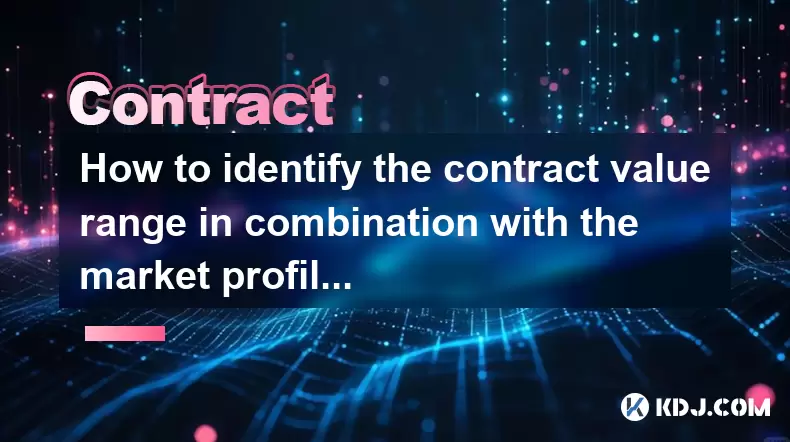
How to identify the contract value range in combination with the market profile?
Jul 02,2025 at 10:56pm
Understanding the Market ProfileTo effectively identify the contract value range in combination with the market profile, it's essential to first understand what each concept entails. The market profile is a framework that helps traders visualize how price and time interact across a given period, typically a trading day or session. It provides insights i...
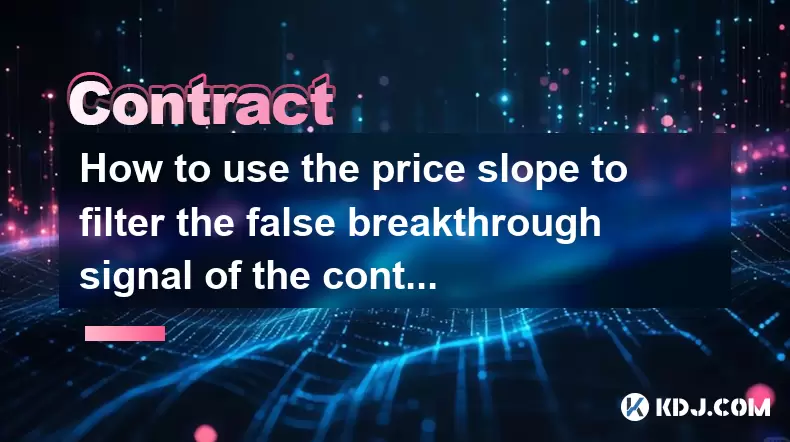
How to use the price slope to filter the false breakthrough signal of the contract?
Jun 20,2025 at 06:56pm
Understanding the Concept of Price Slope in Contract TradingIn contract trading, especially within cryptocurrency derivatives markets, price slope refers to the rate at which the price changes over a specific time period. It helps traders assess the strength and sustainability of a trend. A steep slope may indicate strong momentum, while a shallow slope...

How to determine the expected volatility of the contract through the volatility cone?
Jun 19,2025 at 12:28pm
Understanding the Basics of Volatility in Cryptocurrency ContractsIn the realm of cryptocurrency trading, volatility is a key metric that traders use to assess potential risk and reward. When dealing with futures contracts, understanding how volatile an asset might become over time is crucial for position sizing, risk management, and strategy developmen...

How to formulate a contract intraday trading plan in combination with the pivot point system?
Jun 21,2025 at 03:42pm
Understanding the Basics of Pivot Points in Cryptocurrency TradingPivot points are technical analysis tools used by traders to identify potential support and resistance levels. These levels are calculated using the previous day's high, low, and closing prices. In the context of cryptocurrency trading, where markets operate 24/7, pivot points help trader...
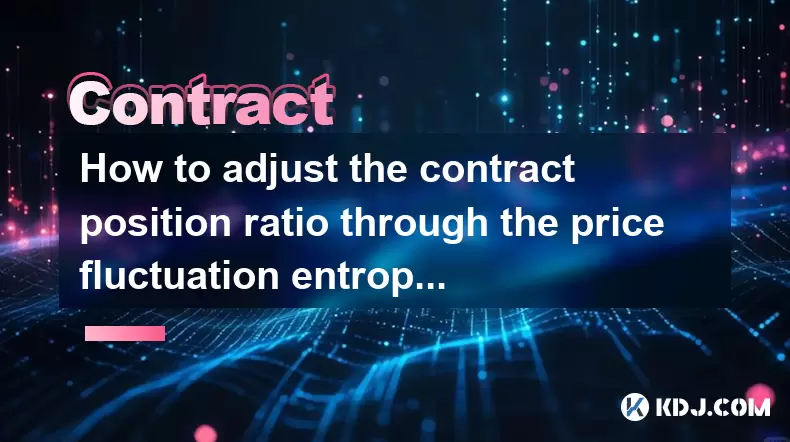
How to adjust the contract position ratio through the price fluctuation entropy?
Jun 22,2025 at 11:42am
Understanding Price Fluctuation Entropy in Cryptocurrency ContractsIn the world of cryptocurrency futures trading, price fluctuation entropy is a relatively new concept used to measure market volatility and uncertainty. It derives from information theory, where entropy refers to the degree of randomness or unpredictability in a system. In crypto contrac...
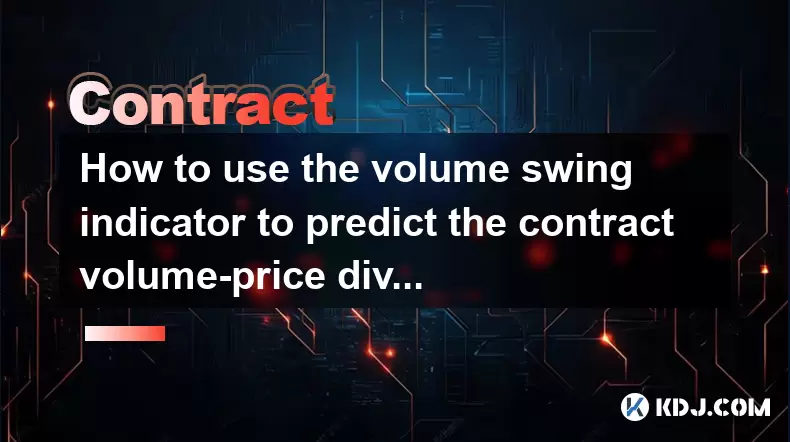
How to use the volume swing indicator to predict the contract volume-price divergence?
Jun 18,2025 at 11:42pm
Understanding the Volume Swing IndicatorThe volume swing indicator is a technical analysis tool used primarily in cryptocurrency trading to evaluate changes in volume over time. Unlike price-based indicators, this metric focuses solely on trading volume, which can provide early signals about potential market reversals or continuations. The key idea behi...

How to identify the contract value range in combination with the market profile?
Jul 02,2025 at 10:56pm
Understanding the Market ProfileTo effectively identify the contract value range in combination with the market profile, it's essential to first understand what each concept entails. The market profile is a framework that helps traders visualize how price and time interact across a given period, typically a trading day or session. It provides insights i...

How to use the price slope to filter the false breakthrough signal of the contract?
Jun 20,2025 at 06:56pm
Understanding the Concept of Price Slope in Contract TradingIn contract trading, especially within cryptocurrency derivatives markets, price slope refers to the rate at which the price changes over a specific time period. It helps traders assess the strength and sustainability of a trend. A steep slope may indicate strong momentum, while a shallow slope...

How to determine the expected volatility of the contract through the volatility cone?
Jun 19,2025 at 12:28pm
Understanding the Basics of Volatility in Cryptocurrency ContractsIn the realm of cryptocurrency trading, volatility is a key metric that traders use to assess potential risk and reward. When dealing with futures contracts, understanding how volatile an asset might become over time is crucial for position sizing, risk management, and strategy developmen...

How to formulate a contract intraday trading plan in combination with the pivot point system?
Jun 21,2025 at 03:42pm
Understanding the Basics of Pivot Points in Cryptocurrency TradingPivot points are technical analysis tools used by traders to identify potential support and resistance levels. These levels are calculated using the previous day's high, low, and closing prices. In the context of cryptocurrency trading, where markets operate 24/7, pivot points help trader...

How to adjust the contract position ratio through the price fluctuation entropy?
Jun 22,2025 at 11:42am
Understanding Price Fluctuation Entropy in Cryptocurrency ContractsIn the world of cryptocurrency futures trading, price fluctuation entropy is a relatively new concept used to measure market volatility and uncertainty. It derives from information theory, where entropy refers to the degree of randomness or unpredictability in a system. In crypto contrac...

How to use the volume swing indicator to predict the contract volume-price divergence?
Jun 18,2025 at 11:42pm
Understanding the Volume Swing IndicatorThe volume swing indicator is a technical analysis tool used primarily in cryptocurrency trading to evaluate changes in volume over time. Unlike price-based indicators, this metric focuses solely on trading volume, which can provide early signals about potential market reversals or continuations. The key idea behi...
See all articles

























































































